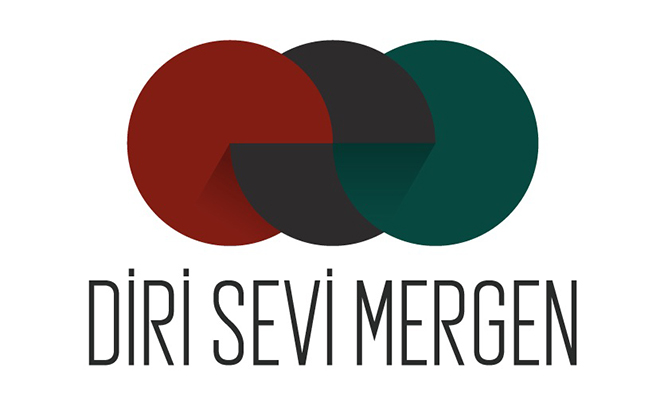
Turhan Mergen, Lalin Elkatip and Zehra Kıryolcu of Diri Sevi Mergen report on electronic signature legislation in Türkiye and its connections with the EU
Economic globalisation has fostered an interdependence among national economies worldwide. This phenomenon, brought about by the swift cross-border movement of goods, services, technology and capital, has developed and increased international trade. In relation to this economic surge, the pace of life across various aspects, encompassing communication, logistics and access to information, has accelerated. This accelerated pace, both a catalyst and a consequence of economic globalisation, has increased the demand for rapid processes in both daily and corporate life. Consequently, the adoption of digital methods has surged, a transition further accelerated by the urgency imposed by the Covid-19 pandemic.










